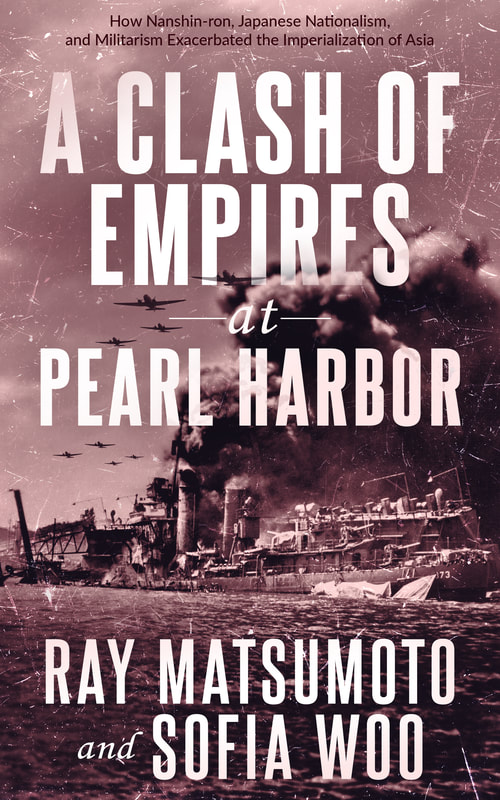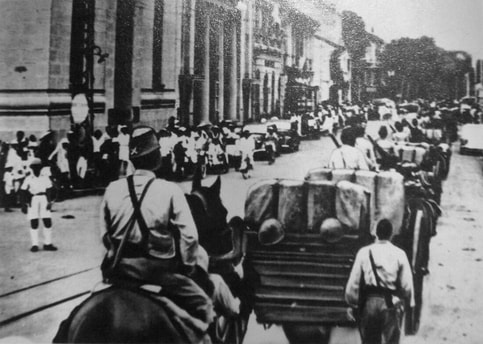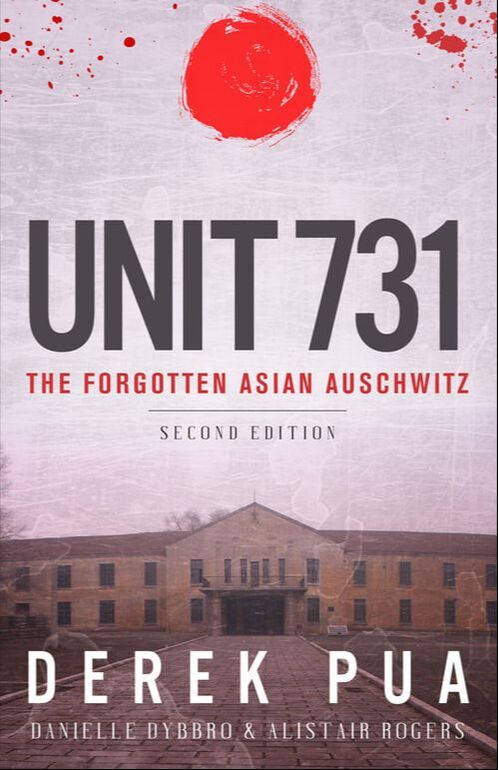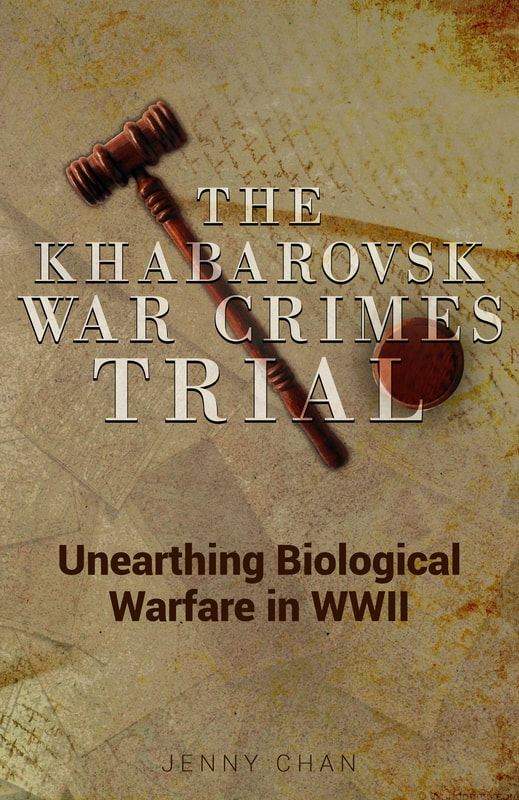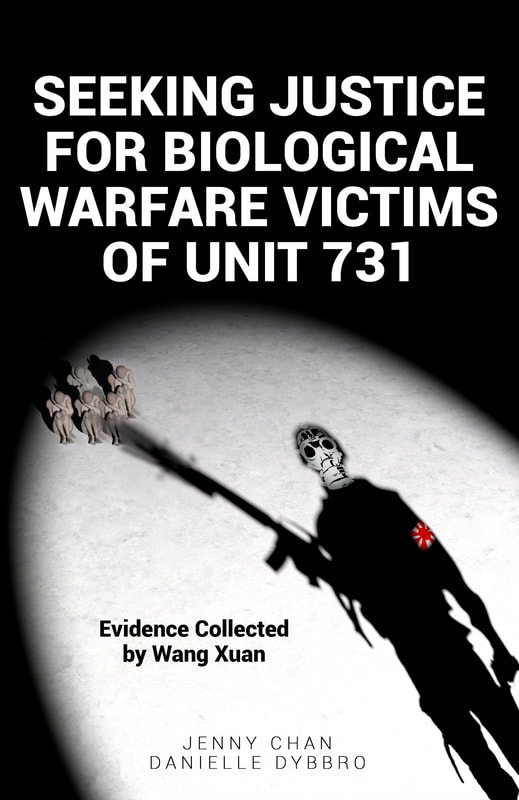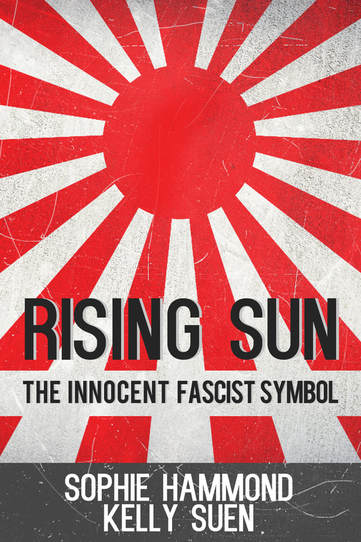A Clash of Empires at Pearl Harbor :
How Nanshin-ron, Japanese Nationalism, and Militarism Exacerbated the Imperialization of Asia
|
Despite the Pearl Harbor Attack being a well-known incident, its build-up is still unfamiliar to many. In hindsight, the attack was a complete blunder, as it led to Japan's downfall. Hence, many people avoid seriously asking the question, "why did Japan attack Pearl Harbor?" In this publication, this question is investigated through the lens of nanshin-ron, the Southern Advance Doctrine.
Along with the rapid economic growth during the Meiji era came the rise of imperialism. Japan began to expand its territory to protect itself from European and American threats. Following their victory in the Sino-Japanese War, the question arose whether to advance toward the north or south. Thus emerged nanshin-ron as many political writers began pushing for economic expansion into Southeast Asia. Colonial ambitions formed during WWI when Japan conquered several German territories in the Pacific. However, Japan's efforts did not last long. Following the Treaty of Versailles, the Allied powers enforced disarmament agreements to prevent another global war. It was only in WWII did nanshin-ron regain its former popularity. The Second Sino-Japanese War was draining Japanese resources. Following the American economic sanctions, Japan became desperate for raw materials. So they turned to the resource-rich islands in Southeast Asia. We examine the political and economic consequences of the Japanese expansion. How did it change Southeast Asian tradition and culture? What did it mean to "liberate the South" to form the "Greater East Asia Co-Prosperity Sphere"? These questions are the gateway to understanding the Pearl Harbor Attack from Japan's perspective. |
